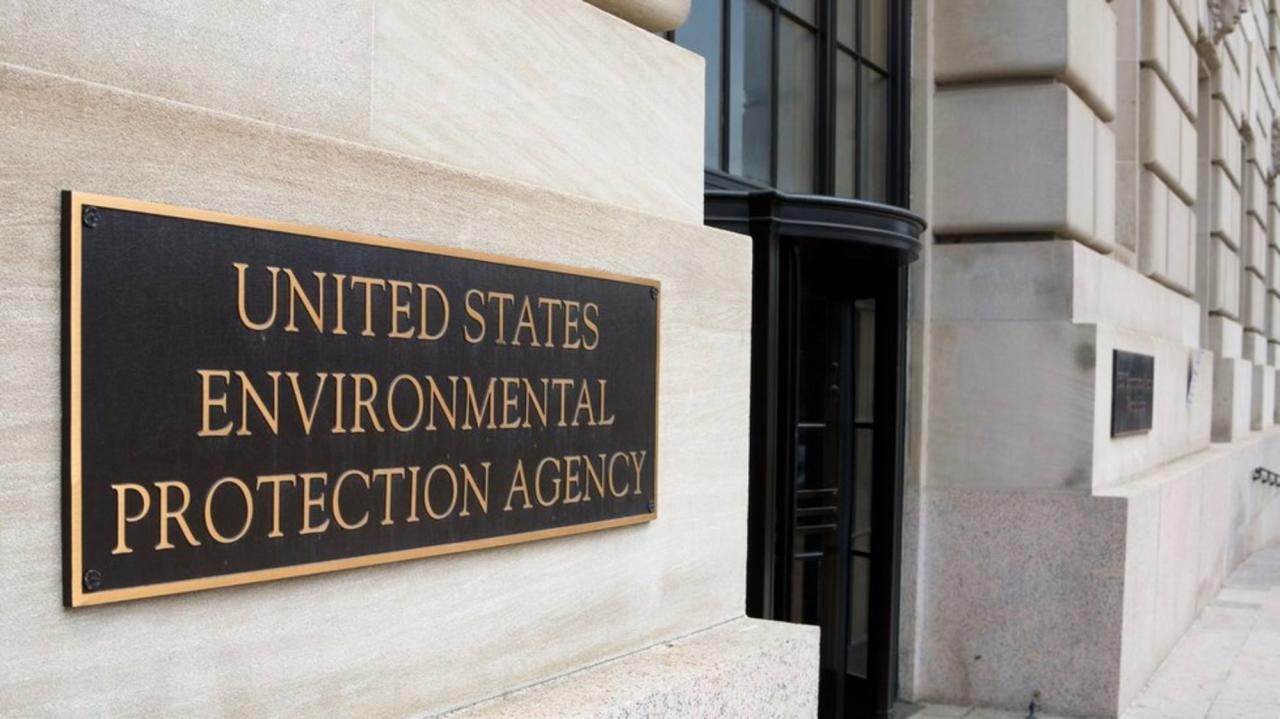Thought Piece

Speaking of an articulate, brave and circumspect woman, Judy Curry has begun a series of discussions with herself (and other climatologists) about the complexities of sea levels world-wide, with few anecdotes and even less hyperbole.
As a longtime reader of her work, I can honestly say that I am very excited about learning more about the sea level science and the acceleration debate from Judy. She is a very trust-worthy source of information, with almost no politics or scientific arrogance.
Sea level rise acceleration (or not): Part I –Introduction
by Judith Curry
Introduction and context for a new Climate Etc. series on sea level rise.
I have several clients that are interested in the issue of sea level rise, from a range of perspectives (insurance, engineers, city and regional planning, liability). I am preparing a comprehensive assessment of the topic, with a focus on sea level rise in the U.S. I will be posting draft chapters on the blog for you to critique. I am also hoping that crowdsourcing will help me identify additional resources and information.
I’m envisioning the following outline, with each chapter comprising a separate blog post:
- Introduction and context
- Global sea level rise – observations and causes
- US coastal sea level rise – observations and causes
- 21st century predictions of global sea level rise
- Regional, decadal projections
- Hurricanes and storm surge
Introduction
The popular discourse on the threat of sea level rise includes these recent, dire statements:
“That’s the big thing – sea-level rise – the planet could become ungovernable.” – Dr. James Hansen, former Director, NASA GISS [link]
“We’re talking about literally giving up on our coastal cities of the world and moving inland.” – Dr. Michael Mann, Penn State [link]
Substantial sea level rise that happens quickly, or over a year, is difficult and costly to address. Sea level rise near the end of the century that affects a tiny percentage of the land area of a country, even with a large percentage of population living there today, can be a relatively minor problem if it is managed appropriately.
So, exactly what is the magnitude of the problem that we are facing with regards to sea level rise?
At issue:
- the rate of global sea level rise – how much will sea level rise?
- natural versus anthropogenic causes of sea level rise – what proportion of the sea level rise can policies potentially prevent?
- the role of land use in local sea level rise – what land use policies can ameliorate the situation?
This chapter provides an overall context for understanding the magnitudes of sea level rise that are being discussed with regards to anthropogenic global warming.
Sea level rise assessments
To put the alarming statements by Jim Hansen and Michael Mann about future sea level rise into context, first consider the conclusions regarding sea level rise from the IPCC Assessment Reports.
First Assessment Report (1990):
Under the IPCC Business As Usual emissions scenario, an average rate of global mean sea level rise of about 6cm per decade over the next century (with an uncertainty range of 3 – 10cm per decade). The predicted rise is about 20cm in global mean sea level by 2030, and 65cm by the end of the next century.
Second Assessment Report (1995):
Over the last 100 years global sea level has risen by about 10 to 25 cm, based on analyses of tide gauge records.
For IS92a, the sea level rise by 2100 is 49 cm. Also taking account of the ranges in the estimate of climate sensitivity and ice melt parameters, and the full set of IS92 emission scenarios, the models project an increase in global mean sea level of between 13 and 94 cm.
Third Assessment Report (2001):
Tide gauge data show that global average sea level rose between 0.1 and 0.2 metres [10 and 20 cm] during the 20th century.
Furthermore, it is very likely that the 20th century warming has contributed significantly to the observed sea level rise, through thermal expansion of sea water and widespread loss of land ice. Within present uncertainties, observations and models are both consistent with a lack of significant acceleration of sea level rise during the 20th century.
Global mean sea level is projected to rise by 0.09 to 0.88 metres [9 to 88 cm] between 1990 and 2100, for the full range of SRES scenarios.
Fourth Assessment Report (2007):
Global average sea level rose at an average rate of 1.8 [1.3 to 2.3] mm per year over 1961 to 2003. The rate was faster over 1993 to 2003: about 3.1 [2.4 to 3.8] mm per year. There is high confidence that the rate of observed sea level rise increased from the 19th to the 20th century. The total 20th-century rise is estimated to be 0.17 [0.12 to 0.22] m.
The global average rate of sea level rise measured by TOPEX/Poseidon satellite altimetry during 1993 to 2003 is 3.1 ± 0.7 mm yr–1. Whether the faster rate for 1993 to 2003 compared to 1961 to 2003 reflects decadal variability or an increase in the longer-term trend is unclear. The tide gauge record indicates that faster rates similar to that observed in 1993 to 2003 have occurred in other decades since 1950.
Projections for global sea level rise for the period 2090-2099 range from 0.18 to 0.59 m, across all emissions scenarios.
Fifth Assessment Report (2013):
The rate of sea level rise since the mid-19th century has been larger than the mean rate during the previous two millennia (high confidence). Over the period 1901–2010, global mean sea level rose by 0.19 [0.17 to 0.21] m [17 to 21 cm].
It is very likely that the mean rate of global averaged sea level rise was 1.7 [1.5 to 1.9] mm yr– 1 between 1901 and 2010, 2.0 [1.7 to 2.3] mm yr–1 between 1971 and 2010 and 3.2 [2.8 to 3.6] mm yr–1 between 1993 and 2010. Tide-gauge and satellite altimeter data are consistent regarding the higher rate of the latter period. It is likely that similarly high rates occurred between 1920 and 1950.
It is very likely that there is a substantial anthropogenic contribution to the global mean sea level rise since the 1970s.
Global mean sea level will continue to rise during the 21st century. Under all RCP scenarios the rate of sea level rise will very likely exceed that observed during 1971–2010 due to increased ocean warming and increased loss of mass from glaciers and ice sheets.
Global mean sea level rise for 2081−2100 relative to 1986–2005 will likely be in the ranges of 0.26 to 0.55 m for RCP2.6, 0.32 to 0.63 m for RCP4.5, 0.33 to 0.63 m for RCP6.0, and 0.45 to 0.82 m for RCP8.5 (medium confidence).
Based on current understanding, only the collapse of marine-based sectors of the Antarctic ice sheet, if initiated, could cause global mean sea level to rise substantially above the likely range during the 21st century. However, there is medium confidence that this additional contribution would not exceed several tenths of a meter of sea level rise during the 21st century.
NOAA Technical Report on Sea Level Rise Scenarios (2017)
A recent NOAA Technical Report has developed sea level rise scenarios for the United States. The Report considered 6 sea level rise scenarios from 0.3 m to 2.5 m by 2100. Excluding the unrealistic RCP8.5 emissions scenario, the probability of exceeding a 1 m sea level rise is 3% or less.
Causes of sea level variability and change
The IPCC Assessment Reports have been fairly consistent with predictions of likely sea level rise of ~ 1-2 feet by 2100, caused by anthropogenic global warming.
To put a 1-2 foot increase in global sea level by 2100 into context, consider the following natural variations in sea level:
- The typical tidal range in the open ocean is about 0.6 meters (2 feet). Coastal tidal ranges vary from 0 to over 11 meters (38 feet). [link]
- Storm surges from hurricanes or intense midlatitude storms can reach 30 ft [link]
- Regional variability in sea level associated with large-scale ocean circulations, with magnitude +/- 20 cm since 1993. [link]
- Geologic subsidence – tectonic subsidence in the wetland regions of Texas, Louisiana, Mississippi and Alabama is the major component of local sea level rise in regions without local petroleum extraction. [link]
In terms of local sea level rise, land use practices can contribute substantially to local sea level rise:
- Local sea level rise in Texas, Louisiana and regions of the Mid-Atlantic coast far exceed the global average rate of sea level rise, by a factor of 2 or 3 [link]
- Groundwater extraction and petroleum extraction – regions in Houston have sunk as much as 10 feet since 1920 [link]
- Reduced sediment flow in rivers from levees build to reduce flooding – Louisiana has lost substantial land mass from river engineering, contributing to local sea level rise [link]
Even if it is assumed that 100% of the recent global sea level rise is caused by anthropogenic sea level rise (an assumption that will be examined in Part II), local sea level rise can be dominated by ocean circulation patterns, land use practices and astronomical tides.
The coupling of the sea level rise problem and its solutions with anthropogenic global warming and emissions reductions is unfortunate. Even if one accepts the IPCC and NOAA predictions of 21st century sea level rise, emissions reductions will have little or no impact on the course of sea level rise this century (Part IV).
And in many locations, even if were somehow successful at reducing/eliminating the component of sea level rise associated with anthropogenic global warming, this would address only a small fraction of local sea level rise in many of the most vulnerable locations.
The focus on emissions reductions as some sort of solution to sea level rise (apart from any determination of cause) is distracting from developing better land use policies and coastal engineering practices.
Stay tuned for Part II: Global sea level rise – observations and causes
JC note: I look forward to your comments and would appreciate any constructive suggestions and particularly good reference material (the blog post is loosely referenced at this point).






